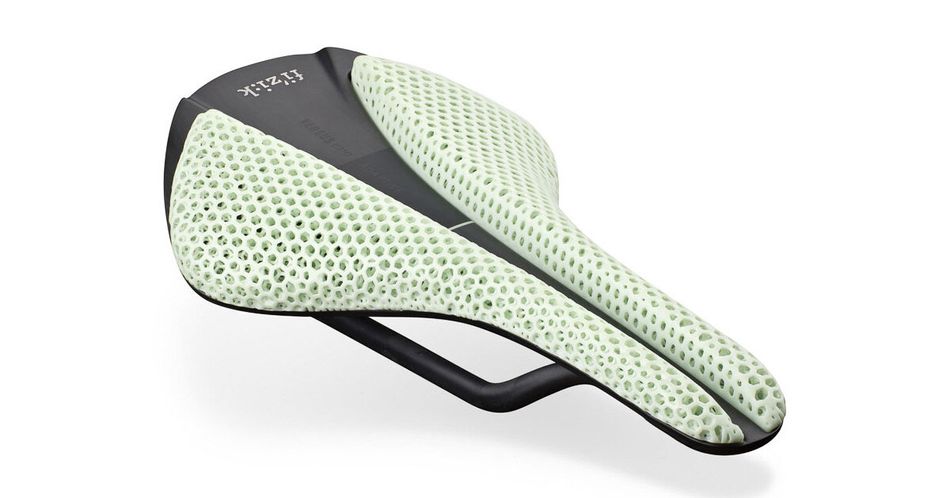Computational Design from Facades to Footwear, And Nothing In-Between?
The need for advancements in education and awareness of computational design thinking.
This article was first published on
cdfam.comOver the past 10 to 15 years, the world of architecture has witnessed the adoption of computational design tools and thinking. These advanced systems have been employed by architects and designers to address the challenges of creating intricate and complex facades, while simultaneously enhancing the aesthetic and functional aspects of their work.
In educational institutions across the globe, architecture students are now being trained in computational design tools such as Grasshopper, enriching the industry with an influx of professionals adept in advanced software applications.
 General Lattice 'Foundry' Software
General Lattice 'Foundry' Software
The impact of computational design has not been limited to architecture alone; some architects have ventured into other domains of product design, exploring the potential of computational and generative design in other more experimental furniture, and product applications.
One of the few commercial applications of this can be seen in the sports footwear industry, where advanced lattice structures have been employed to define functional material properties in shoe midsoles, coupled with custom material development by 3D printer manufacturers to help optimize both performance, and economics.
I cannot list the number of challenges we faced, but looking back, overcoming all those helped us develop unique skills as a group.
I worked on anything from lattice design, simulations, light-weighting, data-driven design, part optimization for printing, assembly, durability, and performance.
You can consider this a designer’s dream, or nightmare, as it is virtually impossible to imagine a design that would satisfy all those needs at once.
Onur Yuce Gun, Director of Computational Design at New Balance
However, despite the notable progress in these two areas at architectural and down to footwear scale, there seems to be a considerable gap between them, with little evidence of computational design being utilized for products that lie in between.
We are beginning to witness the emergence of computationally designed metamaterials, such as lattice structures employed in sports equipment like helmets and bicycle seats, but there remains a vast, untapped potential for computational design in other fields.
Several factors may be contributing to this disparity, including the economic feasibility of manufacturing computationally designed products on a large scale and the lack of training in computational design tools among industrial designers and engineers. It is possible that a combination of these factors is at play, creating a barrier to the widespread adoption of computational design across various industries.
As the impact of computational design continues to be felt across various industries, new software tools aimed specifically at engineers and industrial designers are beginning to fill the existing gap. These tools have the potential to revolutionize the way products are conceived and manufactured, but a crucial factor in achieving this transformation is the education of professionals on how to approach design as a computational process.
Incorporating computational design thinking into educational curricula is essential for cultivating a new generation of designers and engineers who are equipped to harness the full potential of these advanced tools. By teaching students to approach design problems with a computational mindset, educational institutions can foster a deeper understanding of how to optimize and automate design processes, leading to more innovative and efficient solutions.
To address these issues and promote the integration of computational design into a broader range of applications, the CDFAM Computational Design (+DfAM) Symposium will take place in New York City in June 2023. This event will bring together leading designers, academics, and software developers in the computational design and advanced manufacturing space to discuss these topics and explore potential solutions.


